Roland Greil – Boundless Light
Posted on June 1, 2021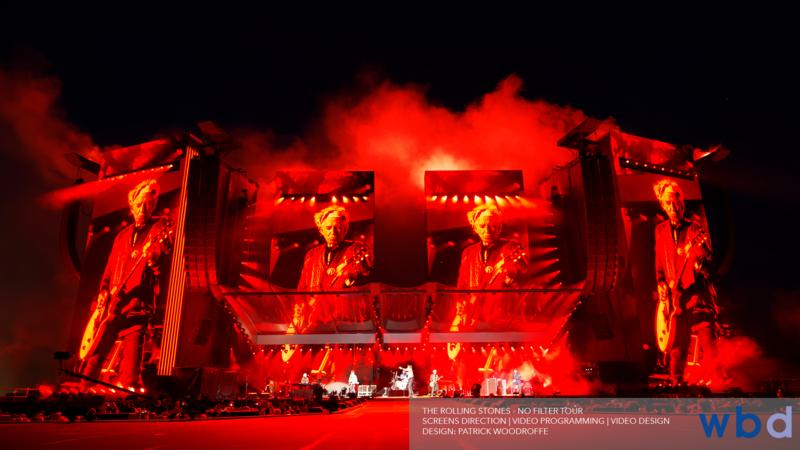
There are no demarcations in the red hot center of the creative process where different visions hurtle toward one another at blistering speeds, surrendering much of their individual identities along the way, to give rise to something new and truly unique. Over the past 25 years, this Munich-based designer has become accomplished at navigating his way through this limitless space, mastering the art of collaboration and cultivating a deep appreciation for how each piece of a design contributes to a final creation much greater than itself.
Having worked on tours by the Rolling Stones, Ramstein, Phil Collins, Adele and other major artists, Greil strives to imagine what the fans who attend these shows see. Is it a massive video wall? Elegant automation? Brilliant lights? In reality it is not any of them, but all of them, unified into a single panorama that stirs the heart and creates the most memorable experience.
Recognizing this, Greil adopts a holistic approach to design, seeking to collaborate at the beginning of the process so every element flows smoothly into the final production. Even within the realm of his own work as a designer, he eradicates boundaries, fusing illumination with geometric patterns to create seemingly massless structures of light that add depth to a stage.
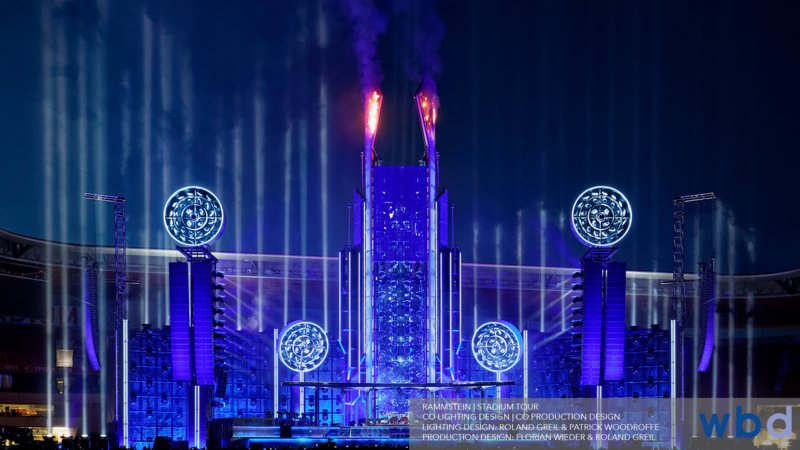
Not surprisingly geographical borders are also transcended. A proud resident of the Bavarian capital, where he has a studio, Greil and partner, set designer Florian Wieder, also own The Black Project in Los Angeles, which they co-founded in 2020. Speaking to us from Germany, where he’s remained active during the pandemic doing television and corporate work, the award winning LD shared his insights into the boundless nature of design.
We were impressed with how you configured light in different shapes to create a 3D effect for the camera on the Austrian TV show Starmania 2021. Can you tell us a bit about the role geometric patterns play in your approach to design?
“Arranging shapes in different patterns is a very essential design element for me. I can play with them to make things look bigger or more intimate – and of course to create depth in vision. You don’t want a design to look like a flat one dimensional piece of paper, so you give it depth by working with different geometric configurations to create a three dimensional look.
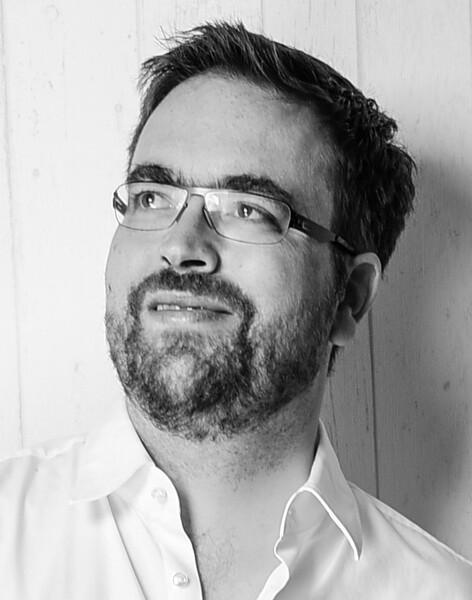 “For Starmania, I worked very closely with Florian Wieder, my friend and partner in our new company The Black Project, who designed the set with all the marvelous shapes. We collaborated from the inception of the design process, integrating light and shapes from the commencement of the project. The show was shot in a studio and we wanted to use our light patterns to accent the architectural features of the space and make it look bigger to create a concert vibe.
“For Starmania, I worked very closely with Florian Wieder, my friend and partner in our new company The Black Project, who designed the set with all the marvelous shapes. We collaborated from the inception of the design process, integrating light and shapes from the commencement of the project. The show was shot in a studio and we wanted to use our light patterns to accent the architectural features of the space and make it look bigger to create a concert vibe.
“That particular show provided a great example of why it’s so important to share ideas at an early stage of a project. When you can work together with no egos involved you play this creative design ping-pong that allows you to develop something beautiful where all the different elements of design are working in conjunction with one another.”
Can you elaborate on that last point?
“Sure, it’s critical that all the different pieces of a design fit neatly together and move toward the same end goal. We’ve all been to shows where we see beautiful video, amazing lights, a great set and wonderful automation and they’re all fighting each other. This isn’t rewarding for an audience.
“People don’t look at video, or lighting, or a set, or automation. They absorb a single visual image! This image is the sum of everything that is taking place on the stage. It doesn’t recognize boundaries between the different elements, they’re all fused into one. When those elements work together, the image is beautiful to look at.”
Another of your recent projects that made impressive use of shapes and patterns was the Celosphere corporate livestream you did in April of this year. That was relatively minimalistic, yet you achieved a great sense of depth. How did you do that?
“That was similar to what we did in Starmania. We created a simple, well defined architecture to give the screen 3D depth. Other than key lighting, we used light just to create a cubistic architecture. Light became the shapes that we combined in different ways.”
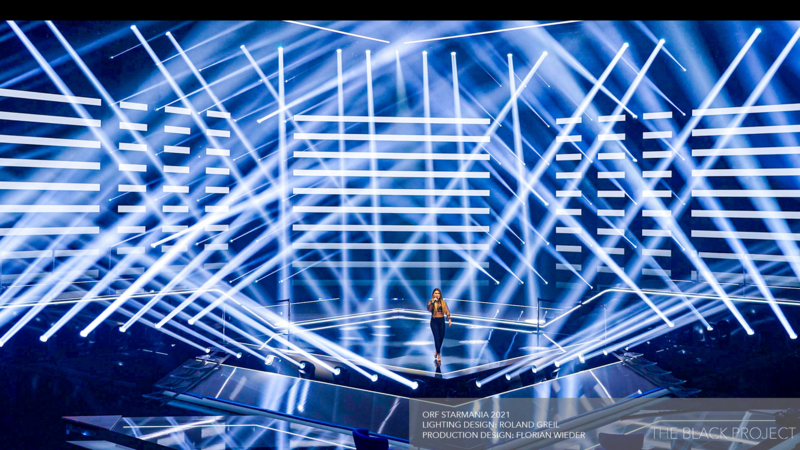
You used a monochromatic color scheme in Celosphere. Why is that?
“I am a big fan of limiting the use of colors, even on my rock shows. I almost never use more than two colors in a song. Also, you can play with white to expand the impact of the colors you use at any one time.”
Can you elaborate on the interplay between white and colors?
“Color is one of the most essential creative elements in lighting; it stimulates many different feelings. White, of course, is a color and it’s a color with many gradients that bring out different facets of other colors depending on how it’s used. Mix red with cold white and then mix it with warm white and you have created two very different emotional moods. What darkness does for light, white does for other colors – it makes them stand out more boldly.
“I am always looking to get out of my comfort zone and experiment with different colors. There are no rules with color, just guidelines, so experimenting is good. Of course, it also comes down to the colors the artist or your client is comfortable with. We are designers, yes, but we are also service providers and we have to reflect the client’s vision. So, if they don’t like a color or a look, it’s out. It’s not about us.”
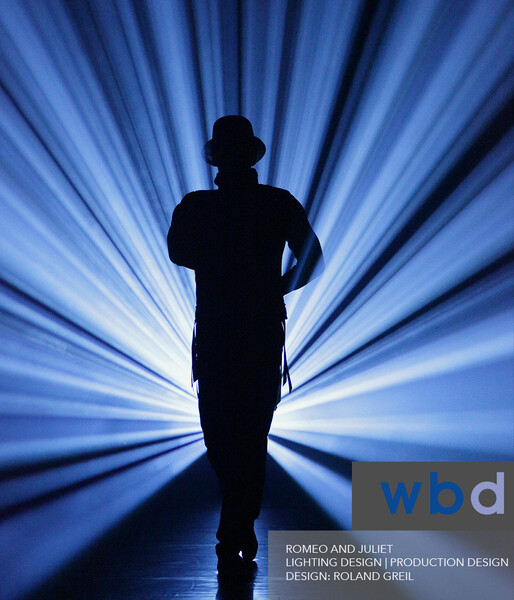 A lot of designers, say they don’t like to work with green. What’s your view?
A lot of designers, say they don’t like to work with green. What’s your view?
“Funny, that you ask! I hated green for a long time, so I guess I was one of them. Then I learned to love green. It’s not my first choice every show, but it definitely has its place.”
Returning to the subject of shapes, the Rammstein’s 2019 stadium tour in Europe you co-designed with Patrick Woodroffe created some stunning patterns. What was the creative process behind that show?
“Patrick and I collaborated on the lighting and we worked close with Florian Wieder who was the production designer. This was another example of a successful collaboration. From the beginning, our set design and lighting design worked hand in hand, so that the light positions were integrated seamlessly into the set.
“Our vision for the Ramstein show was to avoid the typical truss-on-stage tour look. Not that there is anything wrong with that, but we wanted to create something different. We didn’t want to see any lighting truss on stage. The goal was to create an architectural piece, with the lighting fixtures hidden as much as possible or integrated into the production.”
As part of that vision, you had four giant metal circles, each eight meters in diameter filled with scores of individual fixtures! How did that come about?
“We didn’t directly invent this design element. Le Roy Bennet had done a great job designing the band’s shows for years prior to that and incorporated round elements into the looks. The circular configurations became a part of the band’s trademark. Our thought was to reshape that trademark and put it into an architectural framework, so we made those giant circles.
“In a perfect world, we would have had one giant light in each circle, but none existed, so we put as many lights as we could fit into the circles. In the end, each circle acted as a singular giant fixture, which had great impact. It fit with the band’s vision and they were brave enough to let us try it.”
You once described that Rammstein show as an “opera. What did you mean?
“Absolutely, it was like an opera in the sense that it was a big extravaganza with very bold looks matched up with Rammstein’s bold music. The band is known throughout the world for the intensity of their shows. With lots of pyros and production elements of that nature, audiences have come to expect an intense experience at a Rammstein show. Their music is meant to work with the stage design. It all builds together as a unified experience.”
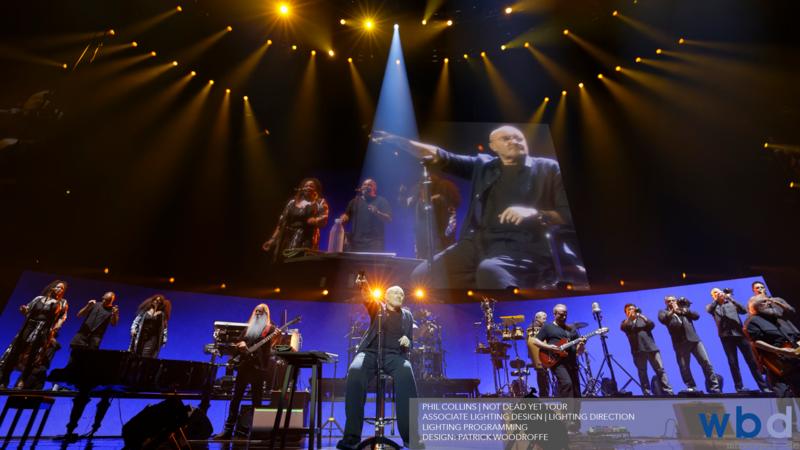
Of course, you’ve worked with Patrick Woodroffe for many years on other projects as well as Rammstein. What have you learned from him?
“Quite a bit about the lighting and designing of a production, but beyond that I’ve learned a great deal about the human side of our business. When you are responsible for designing a very large show you have to know how to manage interpersonal dynamics. Patrick is a master of this. He is a great individual with great people skills. Although I have ventured out more on my own, I still collaborate with him on various projects. Actually right now we are working on the new Genesis tour.”
One of the many memorable project you worked with Patrick on was the Rolling Stones No Filters tour when you were responsible for the video side of things. The four video towers you had there gave the stage a unique look. Can you tell us about that?
“Sure, Ray Winkler, the set designer, created those walls and Patrick was the mastermind behind the concept. Once again, the creative process was characterized by close collaboration. The driving concept was to create a very contemporary architectural look that would give The Stones a 21st century look.
“The four video columns were key to creating that architectural look. We also put LED wall segments on the sides of them to accent that feature. They felt like an architectural element more than a video wall, which was the whole idea.
“Of course, we had tons of excellent video content to put on the columns. The trick was to select from the vast number of options to create the image we wanted.”
On that last point, earlier you discussed limiting the colors you used on any one song, and now you’re talking about limiting video content. Is it fair to say that part of your job as a designer is to control what’s included in a design so it isn’t overwhelmed?
“Absolutely! This is a very pertinent point. As a designer, you have to know when to put your foot on the brake pedal. You can’t use content for content’s sake, or technology for technology’s sake. This isn’t always easy, because there is so much out there today, great video content, bright lights, beautiful lights … but anything should be used only for a specific reason – to create the kind of look you are after.
“With a big project, you may have four weeks or more to put together your show. Then, at the end of that time, you look at what you did, and there is one song – or maybe more – that you are not really completely happy with. In almost every case, maybe 70 or 80 percent of the time, the thing you have to do, to make things better is take something out. You just loaded in too much at the beginning, and forgot that less is more.”
What’s the biggest challenge for you as a designer?
“Wow, that’s an interesting one! I would say dealing with creative time restraints. You never seem to have enough time, regardless of how long you have to prepare.
When you start a project, what are the first things you look at?
“Before I think about the design, the first thing I do is my homework. I learn all I can about the technical points of the project. What kinds of venues will the band be playing at? What’s our budget? I learn all about the artist’s music or the contents of the show. I need to know the basic elements before I get to commencing the creative process.
“Once I know this information, I will look at the artist’s stage presence, since this will influence how big my show needs to be. Some artists fill the stage with so much energy that you don’t need to dial up your show. With others the opposite is the case. In that case, you will need to help them with your design. After all this is done, I can focus on painting my vision with a finer brush.”
You live in Munich and your business with Florian, The Black Project , is in Los Angles, why?
“The winters are much better in LA than in Munich! Seriously though about 30 or 40 percent of my work is in the US. Florian does a lot of television work like the Emmy’s and America’s Got Talent, so he is often in the US as well. He and I started The Black Project to focus on live entertainment. Having a business in California therefore just made sense.”
The Black Project is an interesting name. How did you come up with it?
“When we started our company, we wanted a unique name that didn’t have design or anything directly affiliated with our industry in it. At the time we put together a book with the different projects that Florian and I had been involved with. That book had a black cover, so we were going to call out company The Black Book. When we showed it to our wives, they said that The Black Project would be more interesting.”
How did you get started in lighting design?
“That’s a long story, but I’ll try to make it short. It starts with little Roland going to an American country music show outside Munich with his father. I was about seven or eight, and I became intrigued with the guy operating the sound board. At that moment, my dreams of being an astronaut or football player were abandoned for being a sound engineer. While still in high school, I got my work as a sound guy, but I soon abandoned audio for lighting, because I felt it gave me more creative opportunities. I was lucky enough to be at the right place at the right time and had the chance to grow my lighting career. Here I am 25 years later and I love my job. Well, it’s not really a job, but a passion.”
How would you like to be remembered as a lighting designer?
“Foremost and most importantly, I would like to be remembered as a nice humble person with integrity who made a lot of friends in our industry. In terms of our business, I would like to be remembered as someone with a creative integrity, that took bold chances and created a specific style of my own that didn’t copy anyone else’s creative and had a lot of fun in the process.”